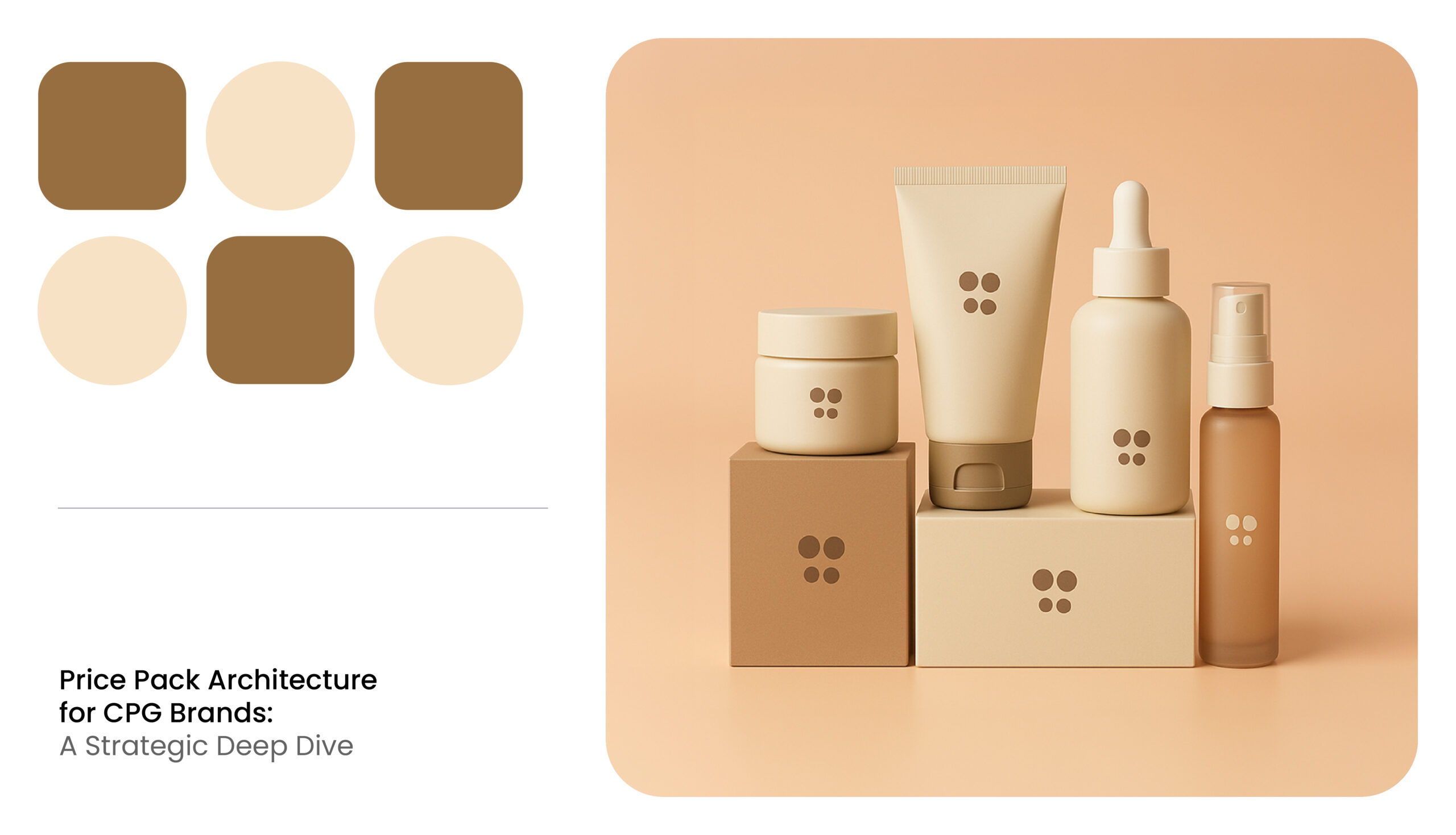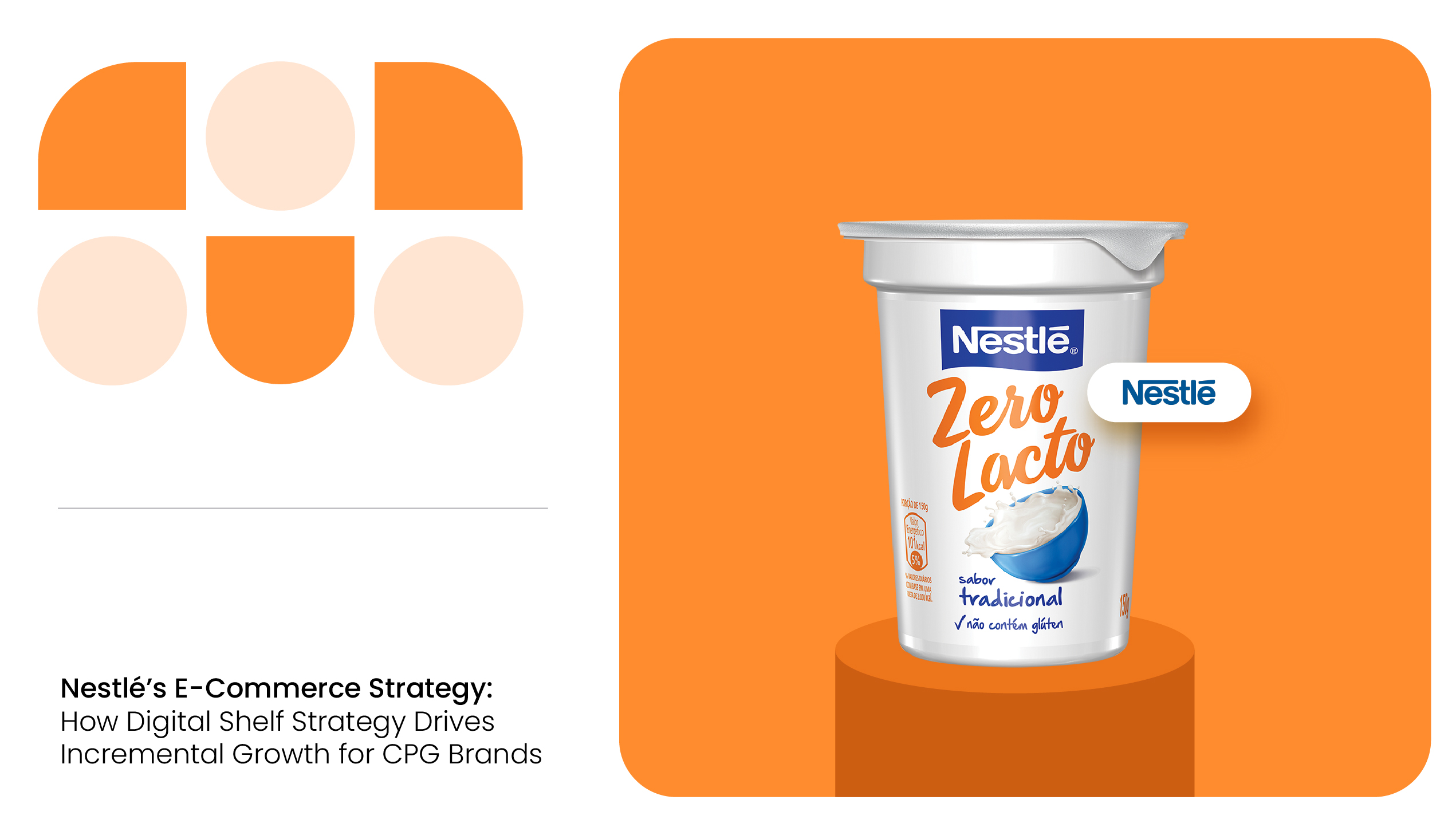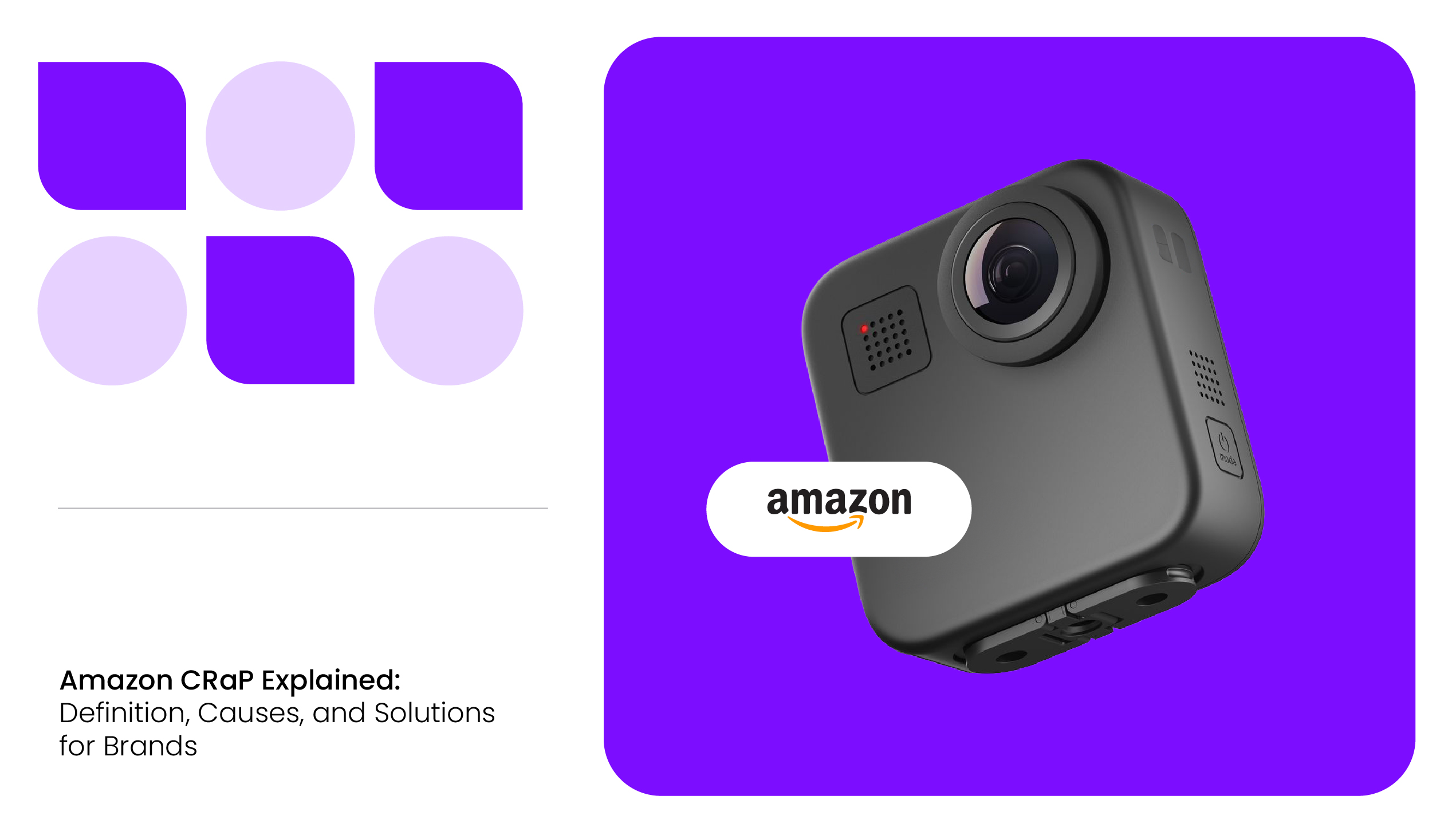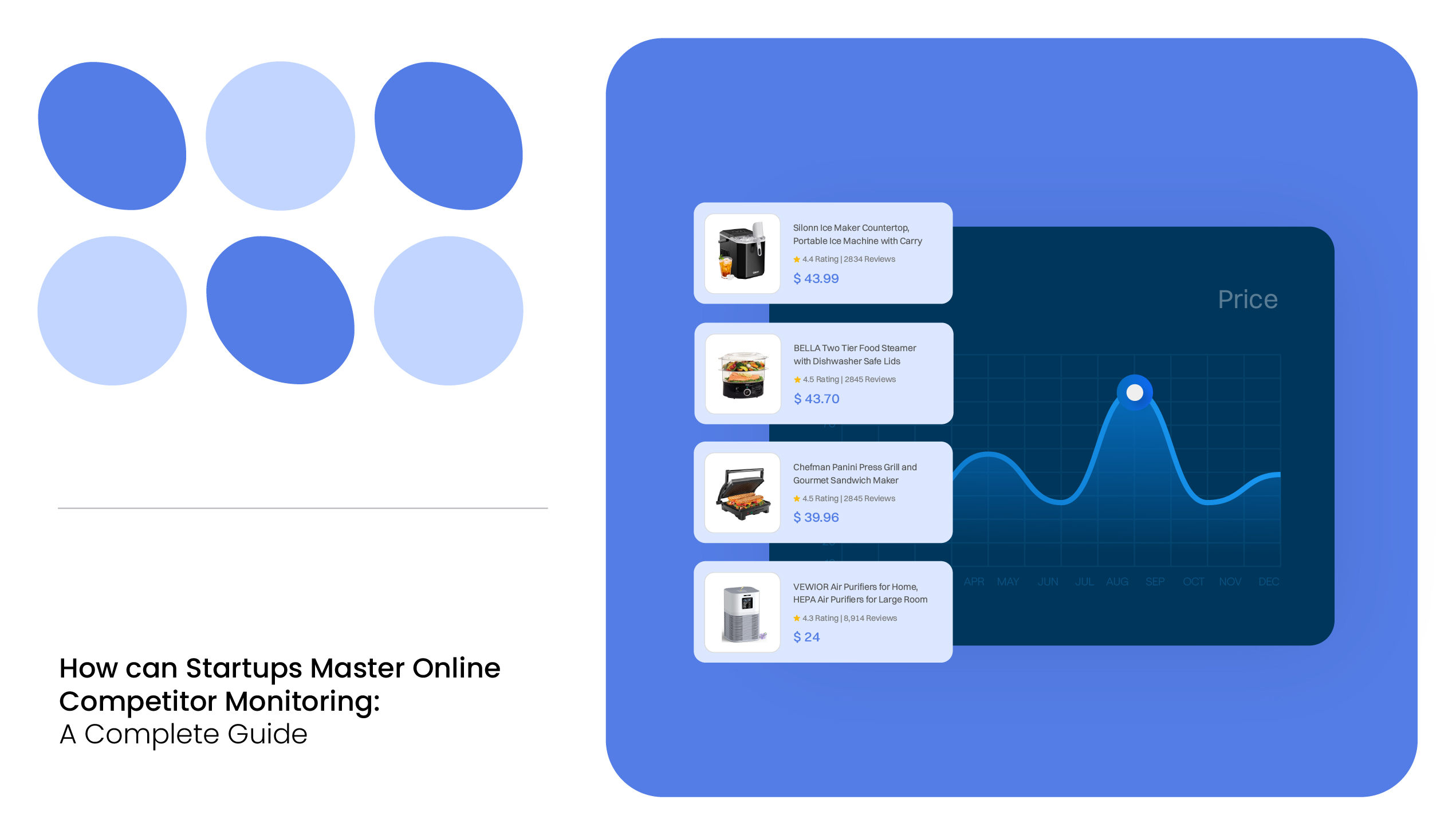In a world where trends change in the blink of an eye, Consumer Packaged Goods (CPG) brands are constantly racing to stay ahead, stay fresh, and keep up with the competition.
Among the numerous strategies brands employ to win customer loyalty and boost profitability, Price Pack Architecture for CPG brands stands out as a powerful, yet often misunderstood, approach.
Far from a simple marketing tactic, PPA represents a holistic strategy encompassing behavioral insights, data-driven planning, and operational finesse.
READ MORE | What is the importance of competitive pricing in e-commerce? Check out our blog on A Guide to Competitive Pricing.
Understanding the Core of Price Pack Architecture
Price Pack Architecture refers to the strategic planning and distribution of products in various sizes, formats, and price points tailored to specific consumer needs, shopping occasions, and sales channels.
Rather than adopting a one-size-fits-all method, PPA enables brands to offer products in configurations that align with diverse consumer preferences. Whether it’s a single-serve snack for an on-the-go professional or a bulk package for a cost-conscious family, PPA ensures that every product pack meets a distinct market demand.
The concept revolves around the OBPPC framework – Occasion, Brand, Price, Pack, and Channel. This five-dimensional model guides companies in making decisions that align product formats with their brand image, pricing strategy, and the target customer’s usage scenario.
For instance, a shampoo brand might offer travel-size sachets at convenience stores, mid-sized bottles at drugstores, and large family packs at warehouse clubs, each priced accordingly.
Why Price Pack Architecture Matters More Than Ever
Today’s consumers are more discerning and fragmented than ever before. With the rise of e-commerce, mobile shopping, and subscription models, consumer behavior has evolved rapidly.
Brands can no longer afford to ignore the need for personalization and flexibility in product offerings. Price Pack Architecture provides a framework to address this complexity effectively.
CPG brands find value in PPA because it helps them penetrate different market segments without altering the core product. It also allows for strategic differentiation, enabling brands to command premium or prestige pricing for specific formats while driving volume through others.
In a highly competitive shelf space environment, especially online, the right pack size can mean the difference between being added to a cart or being overlooked.

The Psychology Behind PPA
PPA leverages several behavioral economics principles to influence consumer choices. One such principle is the price anchoring effect. By offering three different pack sizes, brands can guide consumers toward the “middle option,” which often provides the best value for money.
This strategy not only boosts sales of that particular SKU but also enhances the perceived fairness of pricing.
Another powerful psychological trigger is the “cookie jar effect.” This concept suggests that visibility and ease of access can increase product usage. For instance, clear packaging or resealable bags encourage consumers to use products more frequently, leading to faster repurchase cycles.
Similarly, larger packs often create a bias toward perceived value, prompting consumers to buy more than they originally intended.
Optimizing Price Pack Architecture for Revenue Growth
For revenue managers, the real challenge is achieving the right balance between variety and operational efficiency. Expanding the number of SKUs can help capture diverse customer segments, but it also strains manufacturing and supply chain resources.
On the flip side, offering too few options might leave untapped opportunities, failing to fully meet customer demands and expectations.
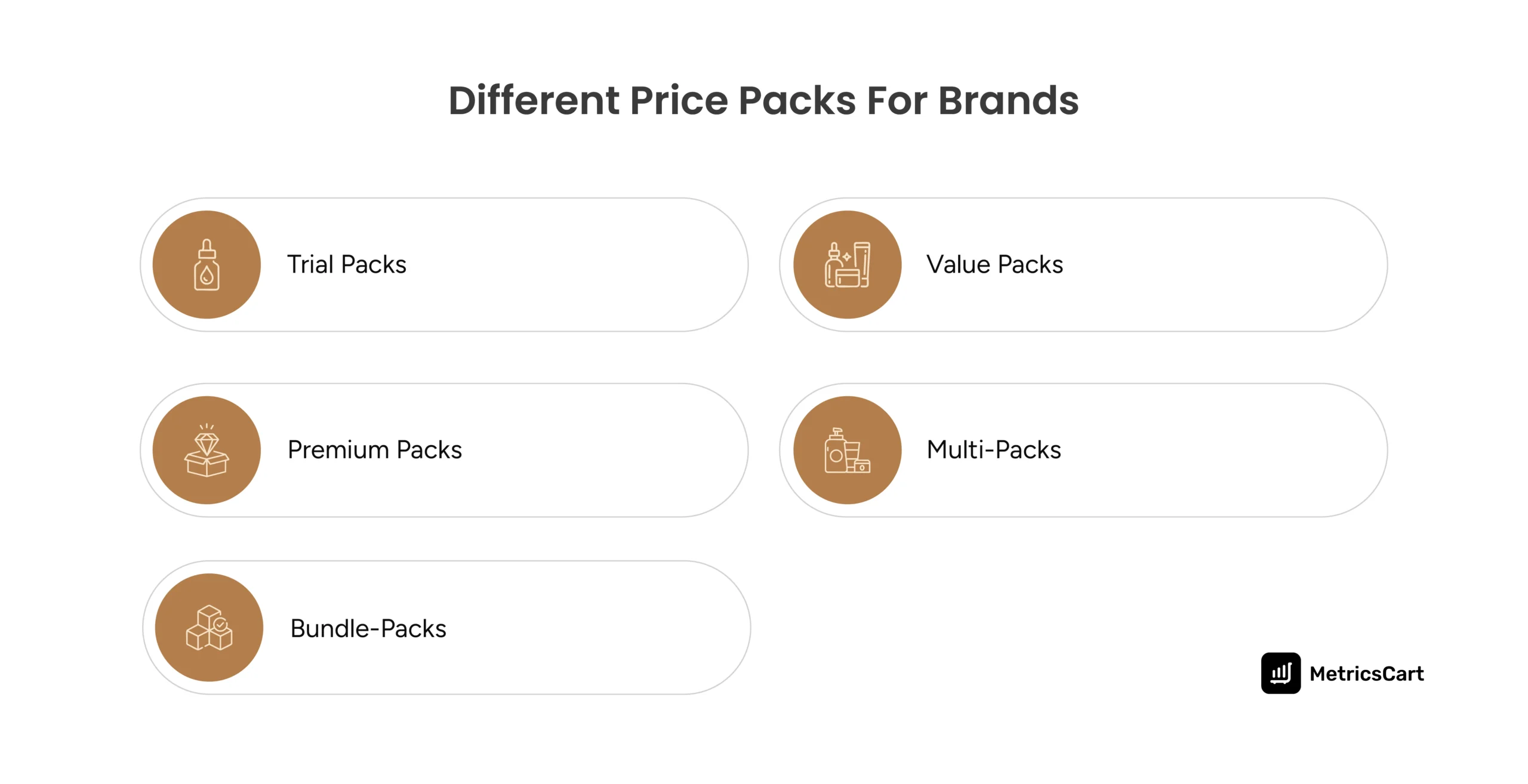
Each pack format plays a strategic role in driving revenue. Trial packs, for example, act as an entry point for new customers, lowering the barrier for first-time users and helping to expand the customer base.
Value packs cater to loyal customers looking for savings, building long-term brand loyalty, and encouraging repeat purchases.
Premium formats, with their sophisticated designs, create an aspirational value that justifies higher price points, contributing to overall revenue growth.
Multi-packs offer both convenience and perceived value, making them perfect for families or frequent users who prefer bulk purchases. They also increase average order value.
Numerous global brands have successfully embraced Price Pack Architecture to achieve market leadership.
Coca-Cola, for instance, introduced mini cans to cater to health-conscious consumers looking for portion control. These smaller cans not only reduced calorie intake but also added a premium feel to the product.
Unilever’s strategy in emerging markets heavily relies on sachets and single-use formats. These small, affordable packs are instrumental in building brand familiarity and value-based pricing among price-sensitive consumers.
PPA In Quick Commerce
Even in the rapidly growing quick commerce scenario, brands focus on convenience or impulse buying of consumers and design their product packaging in easily accessible, small pack sizes. This price pack architecture strategy has to be optimized by brands from multiple angles so that it can be scanner-friendly and delivery-friendly.
Digital shelf analytics solutions can play a crucial role in optimizing the impact of PPAs. By providing real-time data on consumer behavior, competitor pricing, and sales trends, DSA solutions help revenue managers make data-driven decisions.
These insights enable brands to refine the overall pricing and pack architecture strategies to match consumer preferences, optimize inventory levels, and maximize profitability.
READ MORE | Want to know the benefits of price monitoring in e-commerce? Check out our blog on Competitor Price Monitoring Solution for E-Commerce.
The Future of PPA: Data, AI, and Personalization
The next frontier for Price Pack Architecture lies in real-time customization and AI-driven decision-making. With advancements in data analytics, brands can now forecast demand patterns with greater accuracy and adjust their pack strategies dynamically.
Artificial intelligence can analyze purchasing habits, geolocation data, and user preferences to recommend personalized bundles and formats. Augmented reality and innovative packaging can also enhance user experience by providing interactive content or reminders to repurchase.
In essence, the future of PPA is not just about pack size but about pack relevance. It’s about delivering the right product, in the right pack, at the right time, and through the right channel.
Conclusion
Today, CPG pricing architecture on online marketplaces provides the flexibility to experiment with bundle pricing, trial packs, and subscription models.
By using algorithms and consumer data, brands can deliver hyper-personalized experiences, suggesting the right pack sizes based on individual preferences and purchase behavior.
For example, a skincare brand can recommend a travel-sized bundle of cleanser, toner, and moisturizer for first-time visitors, while offering larger, refill options for returning customers.
Subscription models can also be tailored to users’ consumption habits, ensuring they receive timely replenishments with minimal effort.
Revenue managers can benefit from MetricsCart’s advanced price intelligence tools to successfully implement PPA for CPG brands in the competitive e-commerce space.
With its competitor benchmarking and price monitoring features, MetricsCart helps track and analyze competitor pricing strategies in real time.
By monitoring market trends and price fluctuations, brands can strategically adjust their PPA to optimize profitability, ensuring their packs are competitively priced and tailored to market demands.
Ready To Scale Your Brand and Drive Results? Unlock Your E-Commerce Potential Today
FAQs
E-commerce managers can drive revenue growth by strategically implementing PPA to match consumer demand and optimize product offerings. This includes creating tailored bundles, offering subscription options, and introducing seasonal or limited-edition packs.
Subscription models within PPA ensure that customers receive regular, timely product replenishments, which fosters brand loyalty. For example, an e-commerce skincare brand can offer customized subscription boxes based on a customer’s usage patterns.
Consumer data is crucial in shaping a tailored Price Pack Architecture. By analyzing online shopping behaviors, preferences, and past purchases, e-commerce managers can personalize product bundles and recommend optimal pack sizes. This hyper-personalization increases the chances of conversion and customer satisfaction, driving revenue growth.
Limited-edition packs create excitement and urgency among consumers, encouraging impulsive purchases. E-commerce managers can use PPA to design seasonal or special-edition product bundles that cater to gifting occasions or promotions. These packs not only boost immediate sales but also enhance brand engagement and loyalty.
E-commerce brands must strike a balance between offering a variety of pack sizes and maintaining operational efficiency. By using data insights from MetricsCart, managers can fine-tune their PPA to offer an optimal mix that meets customer demand while keeping operations streamlined.

